England’s Capital Overcrowded With… Elephants!?
Being the biggest land mammals on the planets, elephants require large areas of land filled with food and water to survive, as a consequence. Contrary to the growth of mankind’s global population, the number of elephants around the world have remarkably dropped because of their home gradually destroyed and their kind hunted by humans.
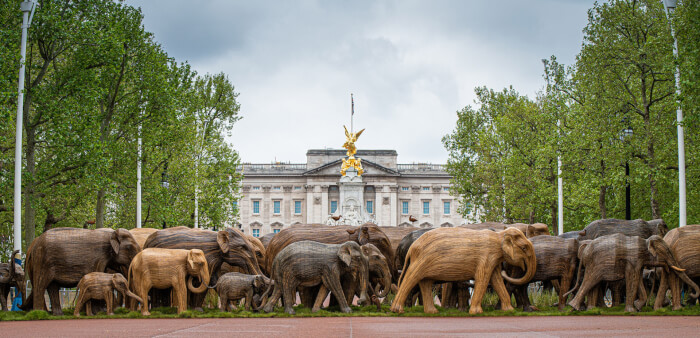 Source: CoExistence
Source: CoExistence
 Source: CoExistence
Source: CoExistence
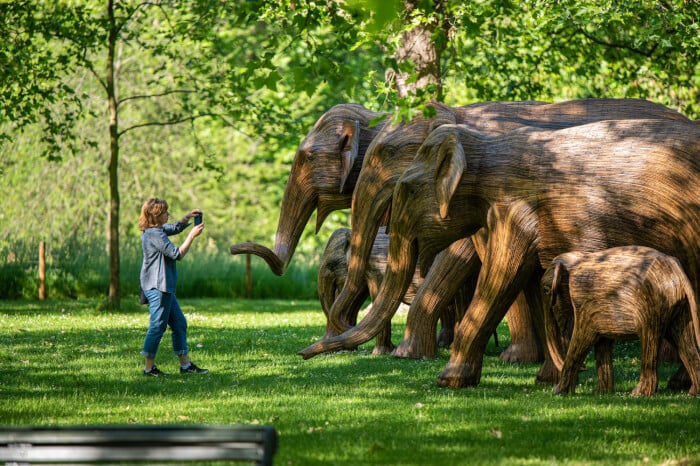 Source: CoExistence
Source: CoExistence
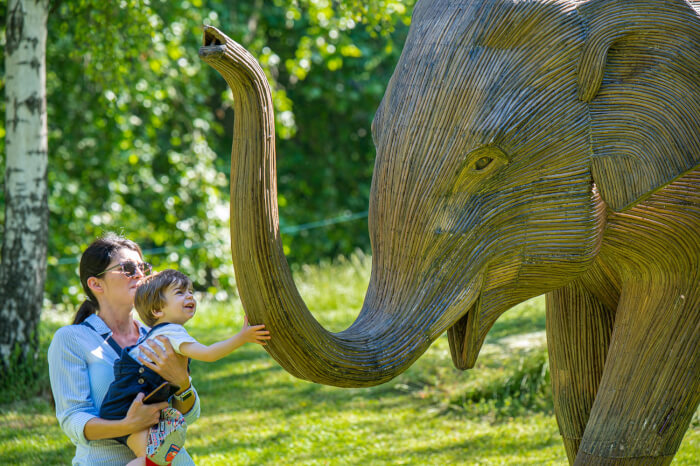 Source: CoExistence
Source: CoExistence
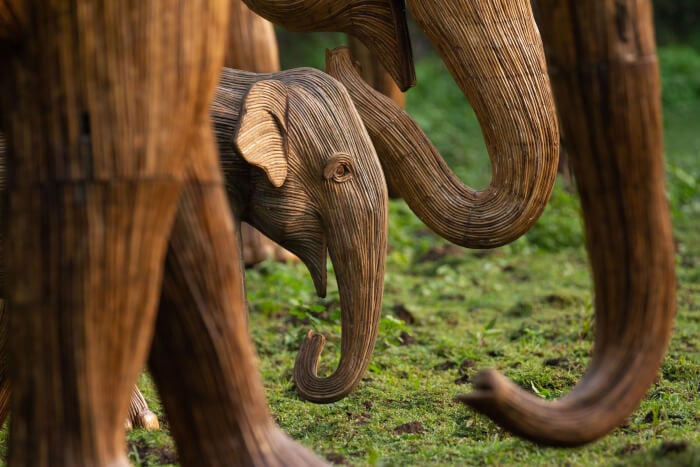 Source: CoExistence
Source: CoExistence
 Source: CoExistence
Source: CoExistence
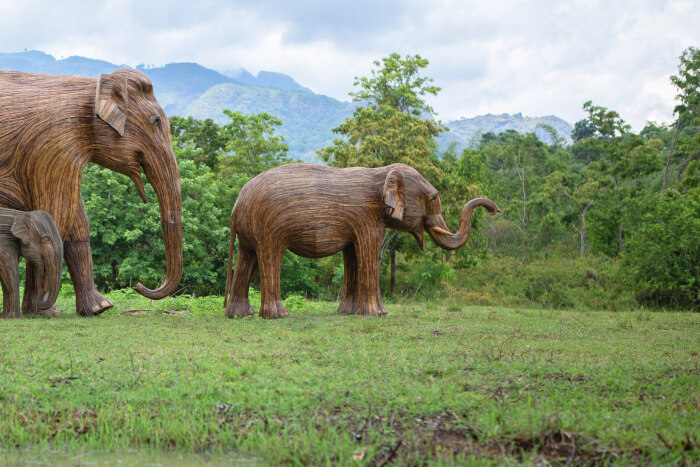 Source: CoExistence
Source: CoExistence
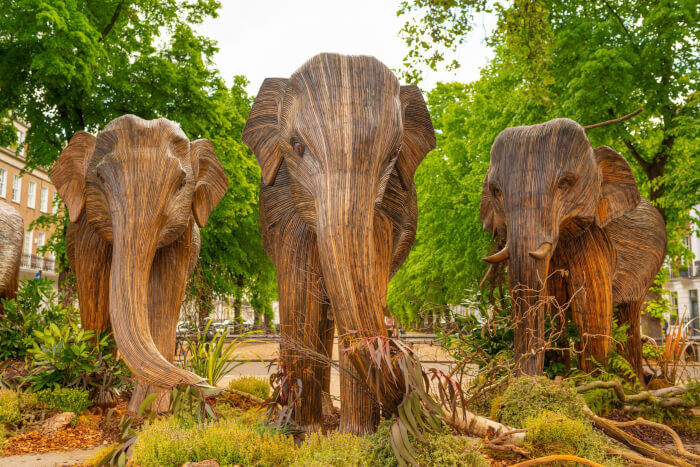 Source: CoExistence
Source: CoExistence
 Source: CoExistence
Source: CoExistence
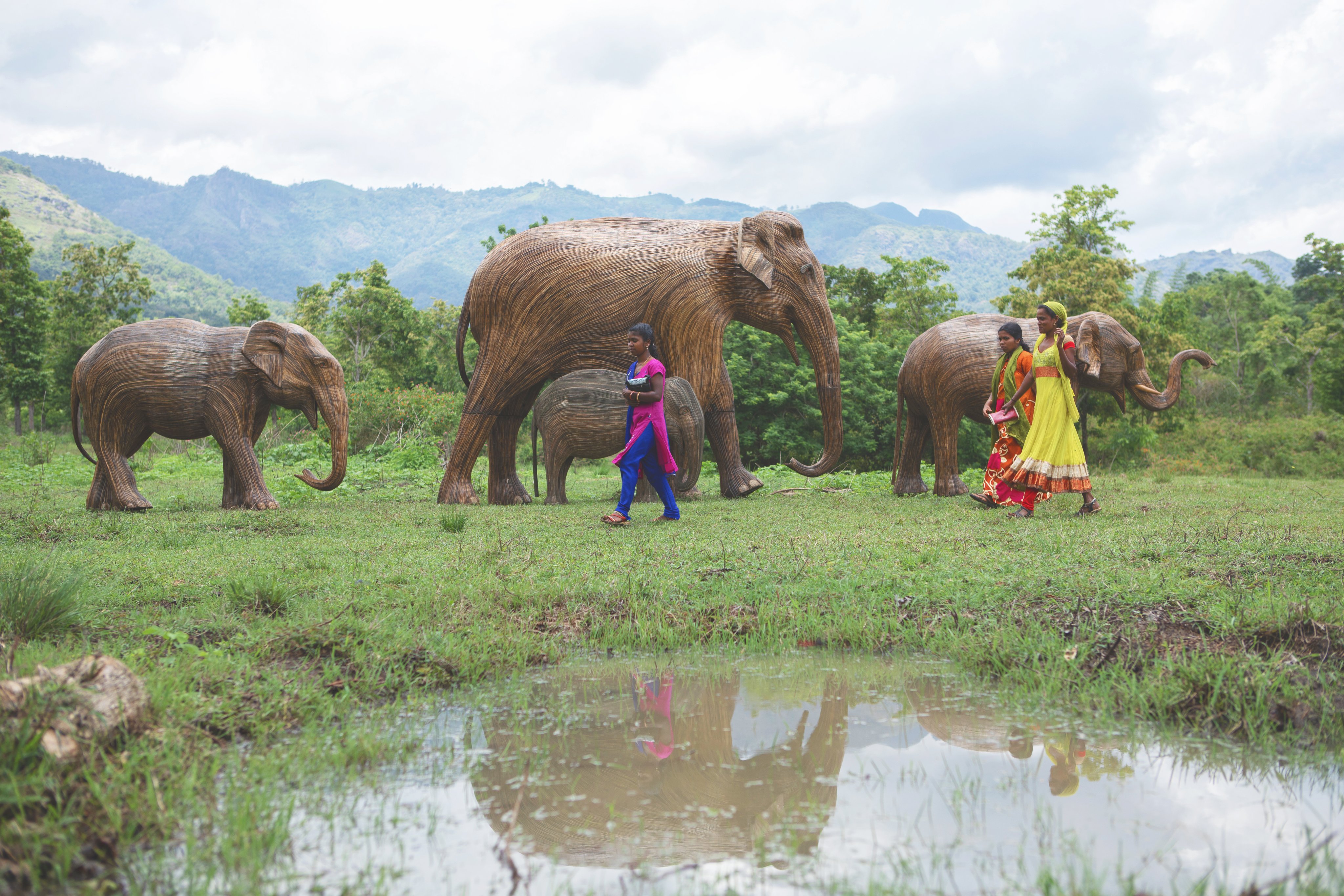 Source: CoExistence
Source: CoExistence
 Source: CoExistence
Source: CoExistence
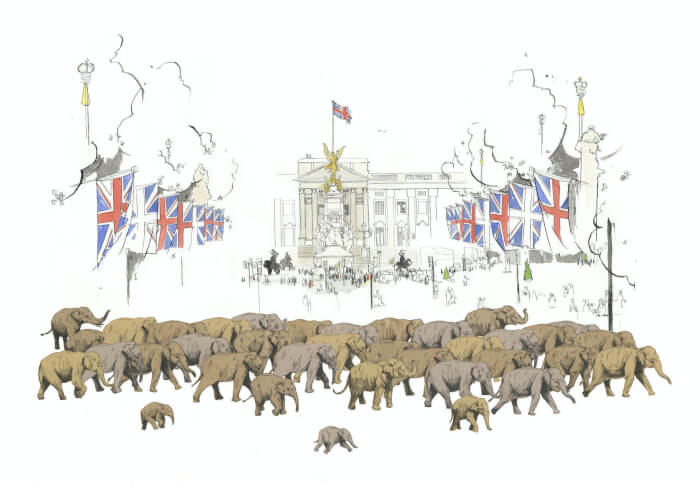 Source: CoExistence
Source: CoExistence
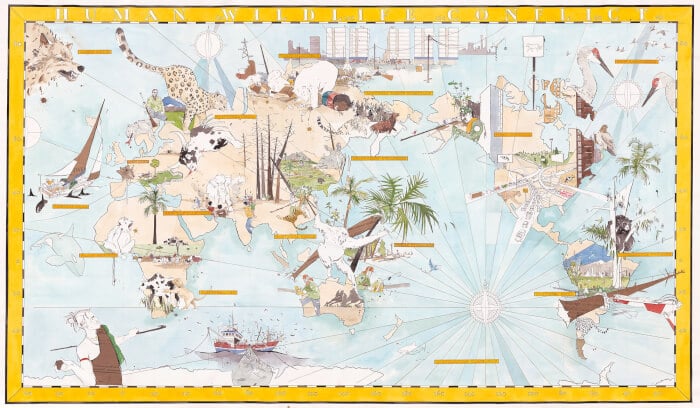 Source: CoExistence
Source: CoExistence
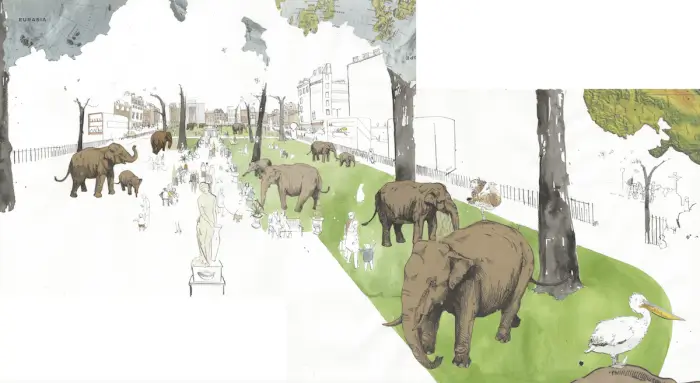 Source: CoExistence
Source: CoExistence
Share this article
Advertisement